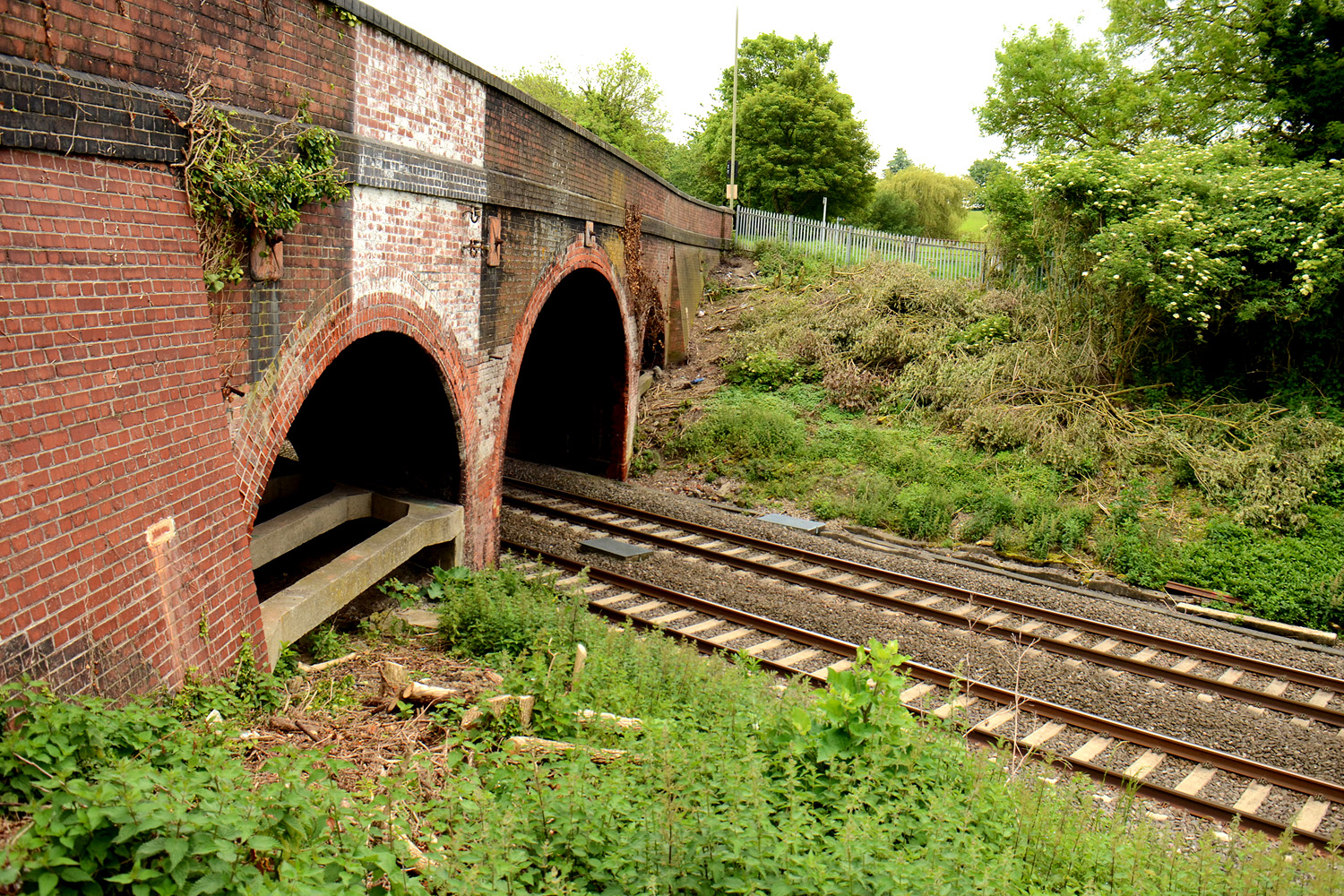Nicholas Lewis
On Moderation
Moderator note - split from
 www.railforums.co.uk
www.railforums.co.uk
Your not going to see any white smoke here until we have the spending review next month but after Heidi Alexanders appearance at the Transport Select Committee im feeling nervous that she doesn't see electrification as a priority as she waxed lyrical about going to Hitachi and the benefit of bimodes.
See below the question and answer given my emphasis in italics
MML Electrification: progress updates
There's an article about NR's plans in Rail this week (#765 p54). It seems that work on site will start in April 2015, the contractor being Carillion Powerlines. They will be using road-rail vehicles for the work, not a high-output system. The 125mph design isn't explicitly named but seems...
Is there any news as to when work will start for RS2 – Wigston South to Syston?
Your not going to see any white smoke here until we have the spending review next month but after Heidi Alexanders appearance at the Transport Select Committee im feeling nervous that she doesn't see electrification as a priority as she waxed lyrical about going to Hitachi and the benefit of bimodes.
See below the question and answer given my emphasis in italics
Olly Glover: Thinking about other forms of transport, you have mentioned cars and vans and so forth. Turning to railways, the new German coalition Government agreement includes the following commitment, as published in Railway Gazette International last month: “The coalition now defines rail electrification as a measure to address climate change and will no longer use cost benefit ratios to determine whether wiring schemes will go ahead.” What are your thoughts on that policy? Should we have that in the UK as well?
Heidi Alexander: The electrification of the rail network is critical. Unfortunately, some of the plans that the previous Government put together have proved unaffordable. We are going through a process of reviewing that at the moment. We think that battery trains and electronic trains that can use overhead lines are the way forward. I was at Newton Aycliffe a couple of weeks ago, at the Hitachi factory there, looking at the production of their tri-mode trains, which can operate in diesel, with the overhead lines, and switch to battery as they are pulling into a station. Not only is that reducing carbon emissions, but it makes it quieter for people who live around the station. You are right to say that electrification is absolutely key. We will be looking at how we can incorporate that through the spending review in our plans for enhancements to the railway as we move forward.
Last edited by a moderator:


